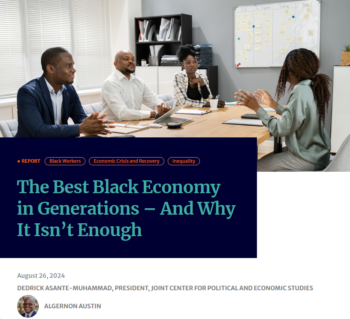Janine Jackson interviewed the African American Policy Forum’s Tanya Clay House about erasing history for the May 2, 2025, episode of CounterSpin. This is a lightly edited transcript.
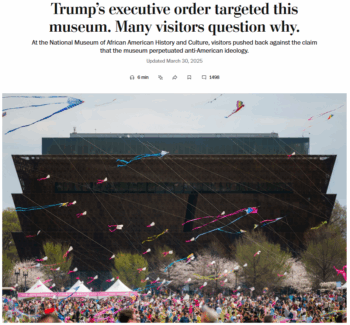
Washington Post (3/30/25)
Janine Jackson: Historians, teachers, community leaders and racial justice advocates are rallying around the National Museum of African American History and Culture, as the Trump White House has set its destructive sights on it as part of the effort to erase Black history from US history, to claim that any accurate acknowledgement of Black people’s lives in this country “deepens societal, divides and fosters a sense of national shame, disregarding the progress America has made.”
We’ve heard this song before. There are few more radical ways to oppress people than to suppress their history, their experiences, their voices, to insist that only ever more wonderful things have happened in the United States, and that only that fairytale is acceptable to tell or to hear. The harm wrought—and, to be clear, intended—is not just to Black people, but to the very concept, the aspiration of multiracial democracy.
Which is why the Freedom to Learn network, and its #HandsOffOurHistory campaign, comprise so many groups and communities. The coalition was convened by the African American Policy Forum, where our guest is senior strategist, and where I serve as a board member.
Tanya Clay House has worked for years on supporting democracy by supporting communities of color’s right to vote, including work with the American Bar Association, the Hip Hop Caucus and the Kairos Democracy Project, as well as as an independent consultant. She joins us now by phone. Welcome to CounterSpin, Tanya Clay House.
Tanya Clay House: Thank you so much for having me. I appreciate it.
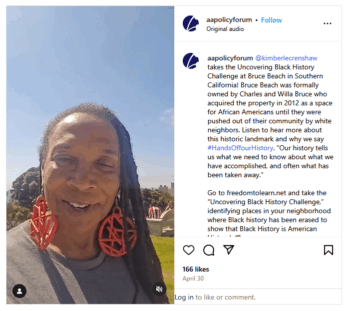
Instagram (4/30/25)
JJ: I just saw Professor Kimberlé Crenshaw, from the African American Policy Forum, doing a kind of video minute about Bruce’s Beach, a California property where Black families were living in the ’20s—too happily for the likes of their white neighbors, who had the city seize the land under eminent domain, saying it’d be used for a public park, and then leaving it undeveloped once they’d achieved the obvious goal of driving the Black people out.
That’s just some of the flavor of this kaleidoscopic project. Tell us more about what #HandsOffOurHistory and Freedom to Learn are doing, and hoping to do.
TCH: Thank you so much for this opportunity to speak about this. So we’re at a time—and I hesitate to say this is a critical time; it’s been critical for a long time—there are things that are occurring within our country that many maybe never thought would come back, because we thought we had at least evolved on a certain level to not engage in revisionist history, to not go backward towards the times when we are qualifying people based upon their skin color, that we are continuing to demean and to engage in actions that really undermine the value of people, culture, in order to stoke fear, in order to maintain power of, essentially, the white majority.
Unfortunately, we are at that time point, at that place again, where we are essentially this generation’s civil rights movement. We have a coalition of organizations that convened about three years ago under the Freedom to Learn banner, in order to really speak out against the beginning stages of attempting to eradicate our history.
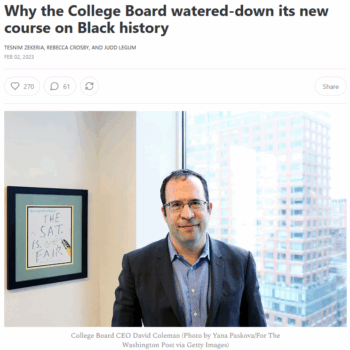
Popular Information (2/2/23)
The push to eliminate African-American studies and pull out certain teachings, particularly Dr. Kimberlé Crenshaw’s teachings, within African-American studies courses, this had moved through Florida and all the way up through College Board standards, and there was a galvanizing of organizations in order to push back on what we saw occurring, because it was undermining the ability of students to learn their history.
So we came together three years ago, and then again last year under the same banner, because book bans had evolved, book bans across the country in every state, and we were really trying to raise the specter and bring it to people’s attention, what this is doing, coming after the culture, and coming after freedom of thought.
And this was actually the playbook of Project 2025, and now, unfortunately, another year later, we are living Project 2025. We are living what that playbook, of not only the book ban, not only the erasure, the undermining of African-American studies courses, but the direct targeted attacks on all things diversity, equity and inclusion, which is really another way of targeting Blackness, and targeting those that are other, trying to other people, and saying that, in fact, this country is not inclusive; in fact, it is only that for the white majority.
And so Freedom to Learn is really focused. We recognize that it can no longer just be a day—we were galvanizing on one day every year—but also to continue that drumbeat. But this year, we had a whole week, Freedom to Learn Week of Action. And it’s because of, you mentioned the executive order that is specifically targeting Black history, and the Black museum mentioned and called out is the National Museum for African-American and Culture, otherwise called the Black Smithsonian, here in DC, but also Black museums across the country.
And so we are galvanizing and bringing people together to lift up all of the things that I’ve discussed, and to really focus on what this is doing to our country, and how it is completely undermining the freedom of thought, how it is essentially engaging in replacement theory, and how we are in need of a movement to ensure that we do not repeat the sins of our past.
JJ: I get frustrated when news media say “the White House is seeking to undermine Black studies, Black museums and cultural institutions.” And, first of all, that that’s somehow in the interest of “ending divisions.” I don’t know how you even type the words that Donald Trump wants to end divisions.
But then, the idea that somehow it’s only Black people who are harmed, or only Black people who care, when we’re talking about history and, as you say, freedom of thought in its essence. This is of interest, or should be of concern, to absolutely everyone.
TCH: You’re absolutely right. Our slogan and its hashtag is #HandsOffOurHistory, because Black history is American history, it is all of our history, and it is crucial to understand how this country’s evolved. You can look at the failures of America in one way as, OK, these are the challenges, these are the problems, these are the atrocities that America has engaged in, but you can also say, it’s also what we’ve overcome, or are attempting to overcome, and move forward on.
And so if you look at it only as the way that this administration is stating, that it’s a divisive concept, that is the fear of acknowledging the past, and where America has come from, and the ideals that they have been attempting to achieve. It’s not acknowledging all of the great evolution and the work that people have been engaged in, in order to achieve the ideals that are ingrained within our Constitution, that are ingrained within the American psyche, of freedom and liberty, freedom of thought, that people are created equal and have equal opportunity. In fact, this administration seems to be completely counter to that, and not wanting others, only wanting a certain segment of this population, to actually be free, essentially.
And so that’s why they’re targeting, and stating that anything that interrupts or upsets that power dynamic of those that are currently in power, that therefore it’s considered divisive. And the first target right now, particularly, is Black history. And Black history, though, if you don’t understand and you don’t learn it, all people are at a disadvantage, because that is also a critical component of how it is that our civil rights infrastructure has been established, and how we ensure protections for all people, for women, for LGBTQ Americans, for Latinos, for Asians, for anyone who is not a white majority. So I think that simply declaring in a statement that it’s a divisive concept is ignorant, is the best that I can say at this point.
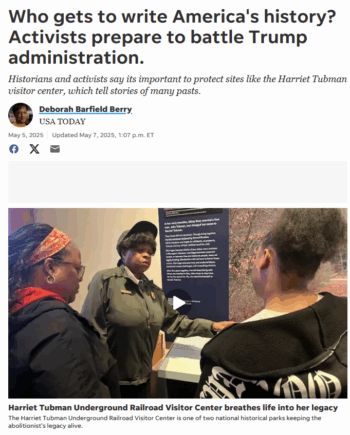
USA Today (5/5/25)
JJ: And I think that there are plenty of white people who also would say, We also want to learn the history of this country, the real history of this country. Please don’t speak in our name and say you’re protecting us from it, because it’s actually part of what white people need to learn, and want to learn as well.
I don’t know if you have any particular thoughts about reporting. Apart from USA Today‘s Deborah Barfield Berry, and a lot of folks at a local level, I haven’t seen much attention to Freedom to Learn. But part of what I’m learning is how much you can grow and maintain healthy lines of communication outside and around the news media narrative. The Banned Books Tour that you referenced went straight to schools and campuses, and set up shop and spoke directly to people. But media coverage can still help or hurt in some ways.
TCH: Yeah. We know that there has to be a groundswell in local communities as well, that it’s not going to be, as was said in a different context, “the revolution will not be broadcast.” We have to be on the ground, engaging in one-on-one contact, and that’s what we’re doing in many ways. The Freedom to Learn Week of Action this year is about getting into communities and giving people ways to engage at their local level, to obtain a digital library card that gives young people access to all of the books that have been banned.
And that is hundreds, hundreds of books that have been banned. The Autobiography of Malcolm X, learning about Ruby Bridges, To Kill a Mockingbird. These are readings that I grew up on, learning and understanding America, and it really helped to gauge, and to direct how I understood, how this could be in the society. Our children now don’t have access to that.
So we have the digital library cards that people can have there for free. We have every library. We’re partnering with them on sending letters to the editor, to your local papers, speaking to the fact that this is our history, Black history, it’s all of our history. That you’re actually engaging in revisionist history by trying to erase and not talk about what has happened in the past. Because if you do that, you’re not going to learn from it.
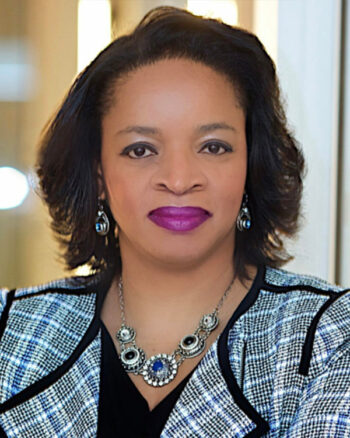
Tonya Clay House: “This administration is intent on repeating the sins of the past, which is why they don’t want people to learn about what happened in the past.”
And in fact, what we believe is happening is this administration is intent on repeating the sins of the past, which is why they don’t want people to learn about what happened in the past.
We have other ways in which we’re also engaging. We’re telling people to make your own video. Like you mentioned, Dr. Crenshaw uplifted the historic sites that are in your own community, that you may not know about because things are being removed. It’s not just monuments, but historic land properties, artifacts as we’ve been hearing about, things that often are on loan in different museums. If you can lift that up, take a selfie of yourself, #HandsOffOurHistory. That’s the tagline.
We’ve got a number of different ways in which we’re engaging and wanting people to uplift, but particularly on May 3, if you’re here in the DC area, we’re encouraging people to come join us, because we’re going to be gathering together on the steps of the John Wilson Building to speak to this issue of erasure, and how we’re going to reaffirm Black history. We have a Black history affirmation that we have on our Freedom to Learn website, and we have civil rights leaders from across the country and locally as well, as well as employees of the Smithsonian and others that are going to be speaking, faith leaders. We’re all coming together and we’re saying, hands off our history, and we want to show that we’re not going to allow this to happen, because this is all of our history.
And so we do want everybody to take a moment. There are ways that everybody can do just one thing, at least something. And everybody may not be able to do the marches, or not be able to do, maybe, the video. But maybe you can get the digital library card, or maybe you can give money. There are different ways in which people can engage, and we’re trying to give you all the ways to help you do that.
JJ: All right, then. We’ll end on that note of participation. We’ve been speaking with Tanya Clay House, consultant and senior strategist at the African American Policy Forum, among many other things. Tanya Clay House, thank you so much for joining us this week on CounterSpin.
TCH: Really appreciate it, thank you for having me.
This post was originally published on FAIR.

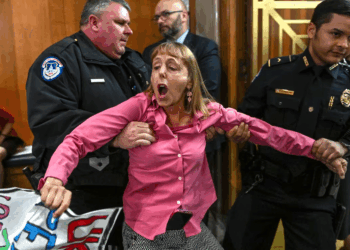

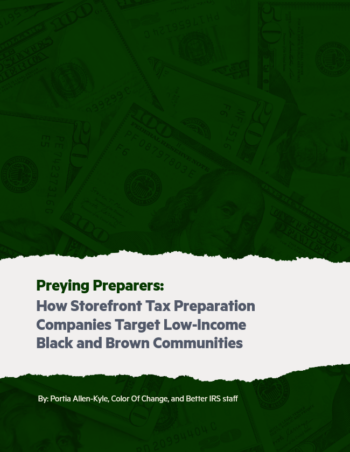
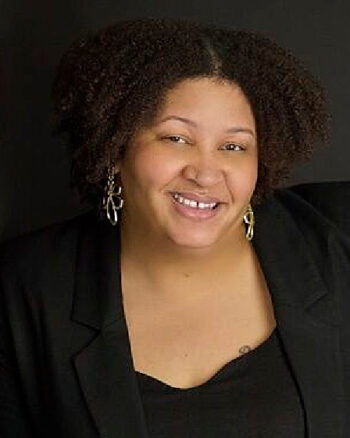
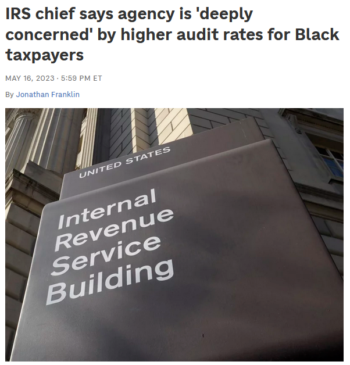
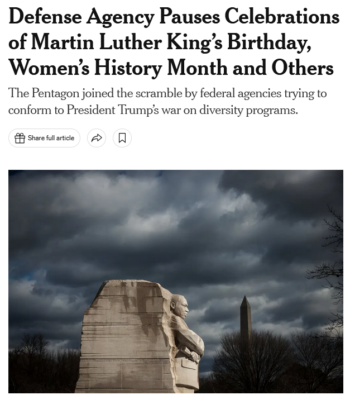
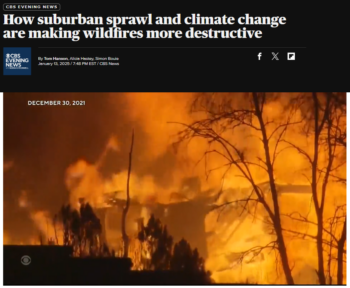
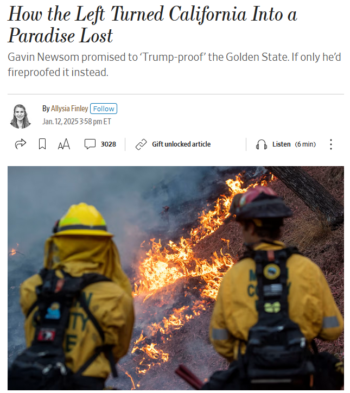
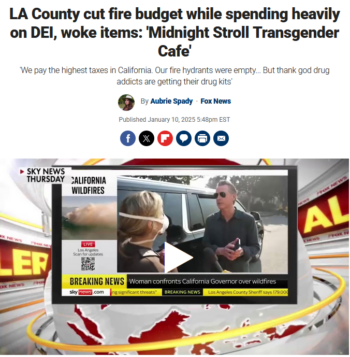
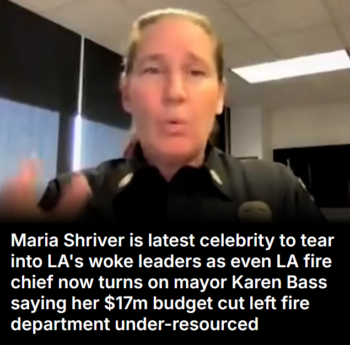
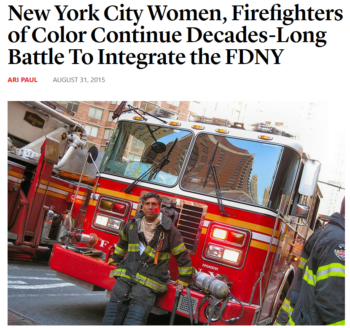

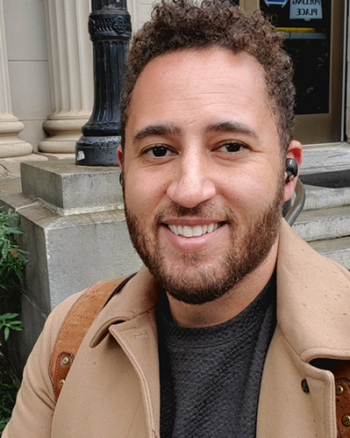
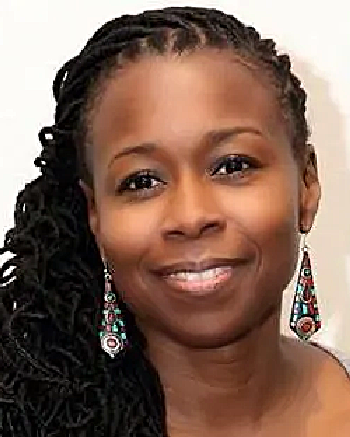
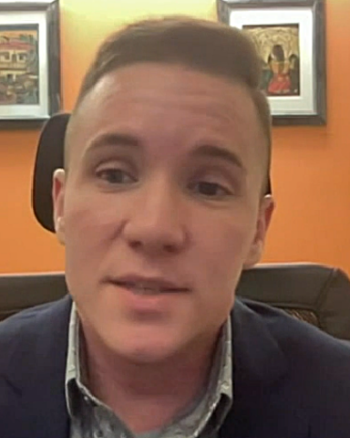
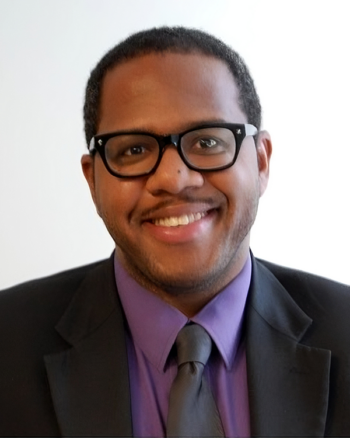
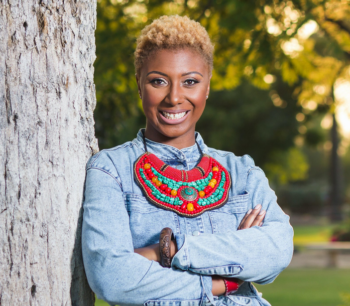
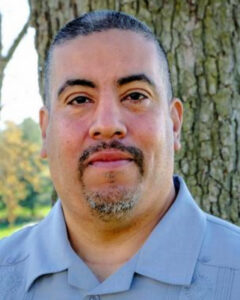
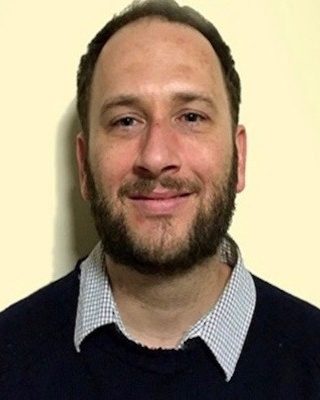
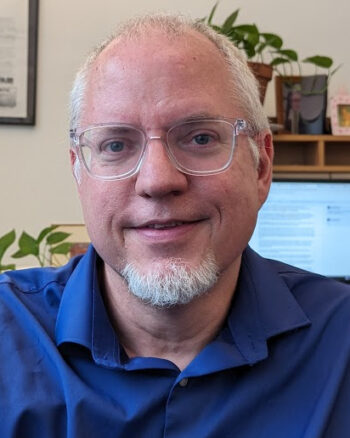

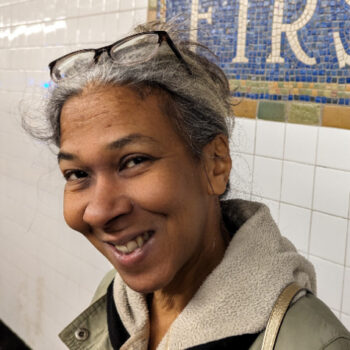

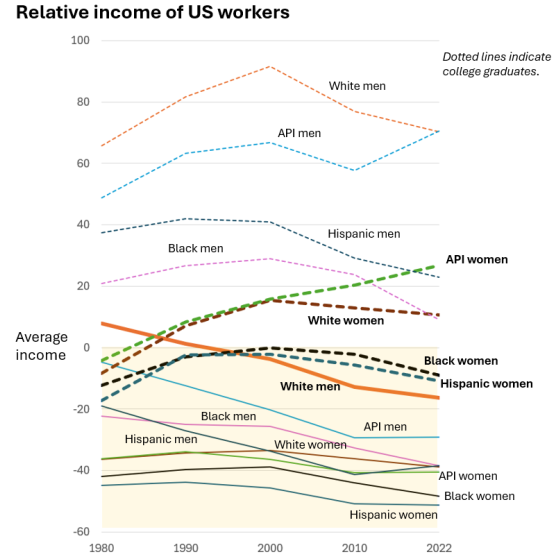

















 Following the Democratic National Convention, the New York Times’ “Critic’s Notebook” (
Following the Democratic National Convention, the New York Times’ “Critic’s Notebook” (






